Cash for Gold in Littleton, CO and Nearby Areas
Discover the Value at Golden Peaks Coin Dealer
At Golden Peaks Coin, Gold & Silver, we’ve been a trusted name in the coin dealing industry for over 50 years. Located in Littleton, CO, our family-owned business has been helping collectors and investors find the perfect pieces since 2017. We pride ourselves on offering personalized, one-on-one services where you can deal directly with the owner.
Our clear communication about the value of items ensures you get the best deal, every time. We’re committed to making your buying or selling experience as seamless as possible with same-day transactions and immediate purchases available.
Our expertise doesn’t just stop at coins. We also specialize in buying and selling currency, bullion, jewelry, and silver. Whether you’re looking for a rare coin to add to your collection or need to liquidate assets quickly, Golden Peaks is your reliable partner. With special orders and zero sales tax, you’ll find our services both flexible and cost-effective.
Plus, our local roots and commitment to community make us more than just a business; we’re a part of your neighborhood. Visit our store today to explore our wide selection of coins, currency, bullion, jewelry, and silver. If you want cash for gold in Littleton, CO and nearby areas, visit us!
To sell you need to be 18 years or older
Why Choose Golden Peaks?
Choosing Golden Peaks means choosing a family-owned business that values transparency and customer satisfaction. Our 50 years of industry experience give us the knowledge and expertise to offer you the best deals. With immediate purchases and same-day transactions, you don’t have to wait to get what you need.
We also offer in-store pickup and personalized services, ensuring a smooth and efficient process. Plus, we operate with zero sales tax, making your transactions even more affordable. When you choose Golden Peaks, you’re choosing reliability and excellence. Contact us today to learn more!
One-on-One Personalized Services
Offers Special Orders
ZERO Sales Tax
Immediate Purchases Available
Over 50 Years of Industry Experience
Deal Directly With the Owner
Buying and Selling Coins
Golden Peaks is your go-to destination for buying and selling coins. Our extensive collection includes rare and valuable coins that can enhance any collection. Whether you’re a seasoned collector or a novice, our knowledgeable staff is here to guide you through every transaction. We ensure you get the most value for your coins, backed by our transparent and honest communication.
Buying and Selling Currency
At Golden Peaks, we also specialize in buying and selling currency from around the world. From historic banknotes to modern collectibles, our inventory caters to a wide range of interests. Our experts carefully evaluate each piece to provide you with competitive prices. Trust us to handle your currency transactions with the utmost professionalism and integrity.
Buying and Selling Bullion
Bullion trading is another area where Golden Peaks excels. We offer a variety of gold, silver, and platinum bullion options for both buyers and sellers. Our same-day transactions mean you can act quickly on market opportunities. With our transparent pricing and expert advice, you can make informed decisions that maximize your investment potential.
Buying and Selling Jewelry
Looking to buy or sell fine jewelry? Golden Peaks has you covered. Our collection ranges from vintage pieces to modern designs, ensuring there’s something for every taste and occasion. We also offer evaluations and appraisals, so you know you’re getting a fair deal. Trust our experienced team to handle your jewelry transactions with care and precision.
Buying and Selling Silver
Silver trading is a core service at Golden Peaks. Whether you’re interested in silver coins, bars, or jewelry, we offer competitive rates and expert advice. Our immediate purchase options mean you can sell your silver quickly and efficiently. As always, our transparent communication ensures you’re fully informed throughout the process.
Here's what our satisfied customers are saying...
At Golden Peaks, we take pride in providing exceptional buying and selling services for coins, currency, bullion, jewelry, and silver to our customers. We would be grateful if you could share your thoughts about our local and family-owned business with others. Your feedback helps us improve and helps others make informed decisions. Please take a moment to leave a review of Golden Peaks and let others know what you think.




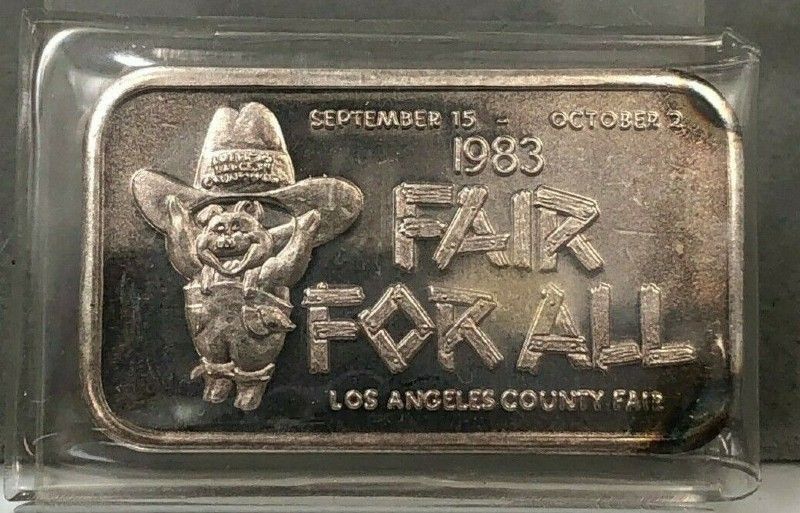




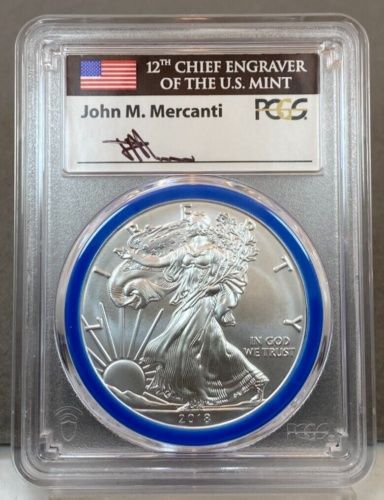
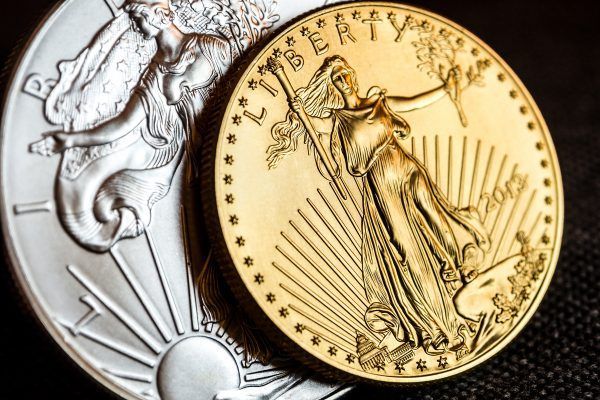

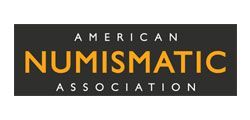

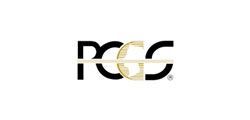
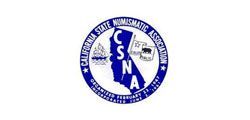
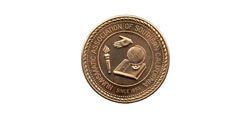
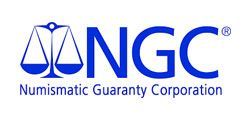

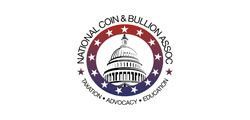
Share On: